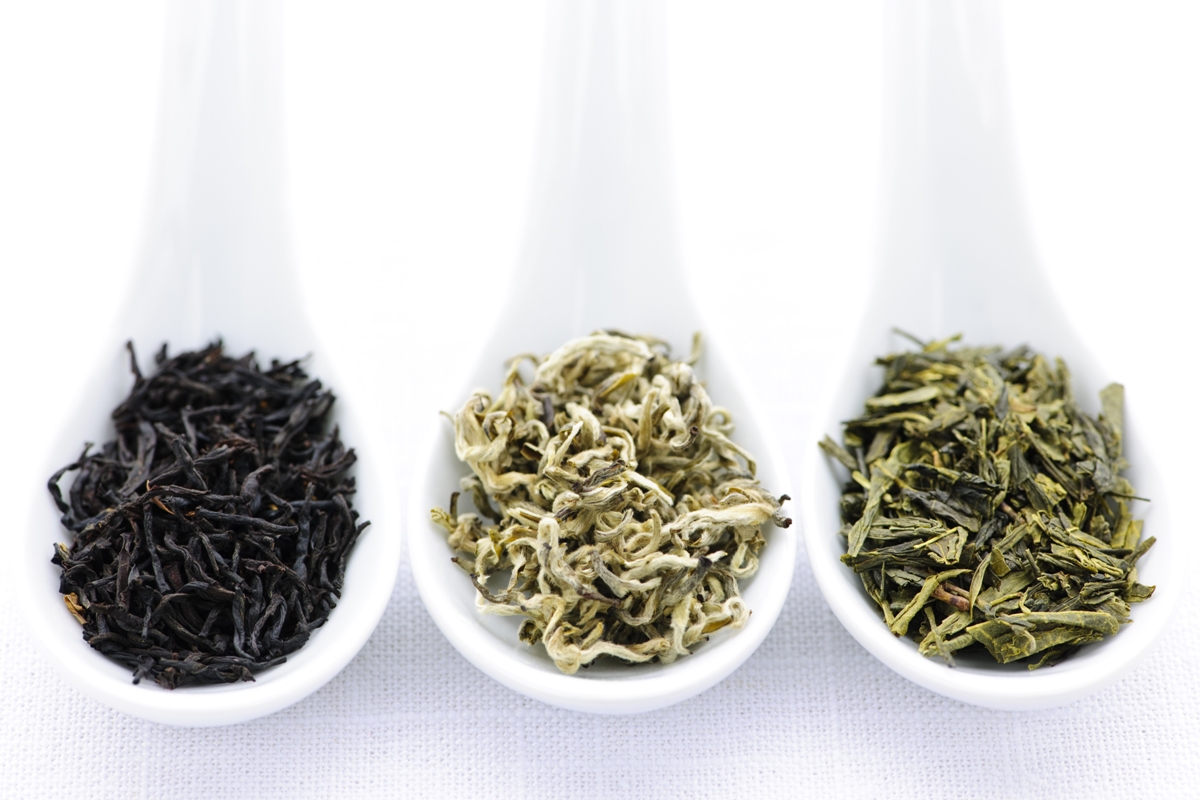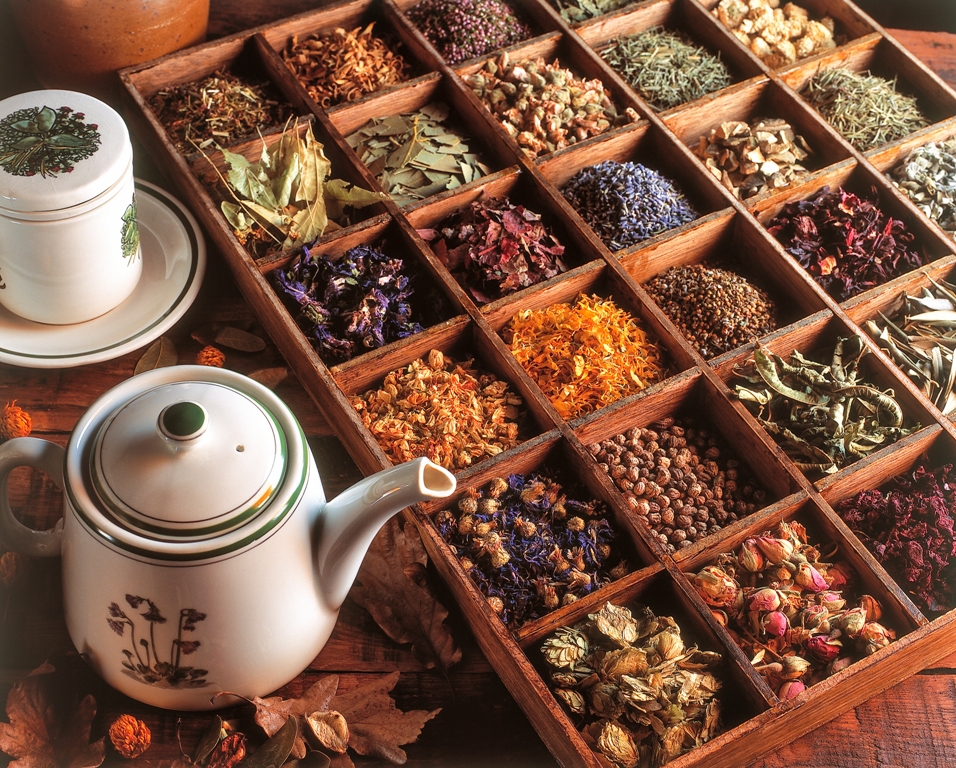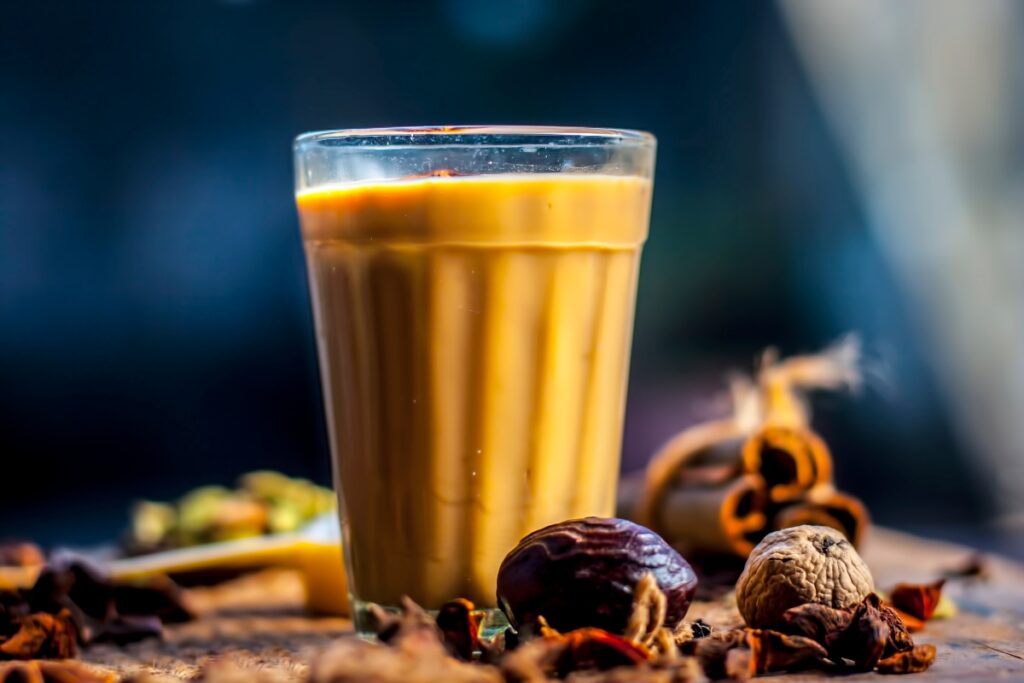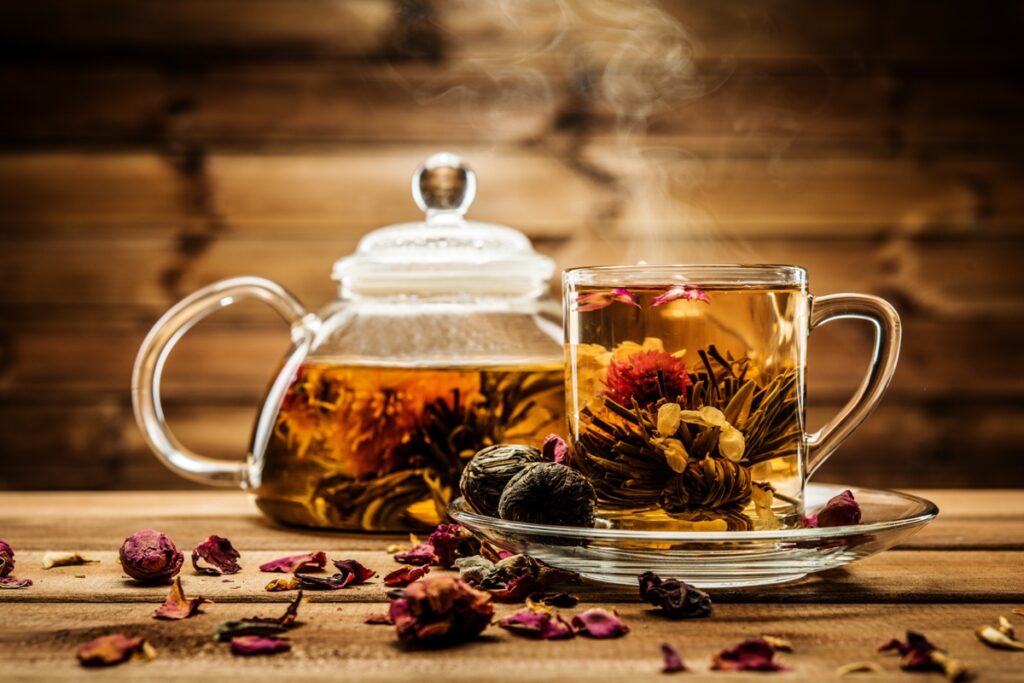From reducing anxiety and detoxifying your system to soothing a stomach- ache and insomnia, tea and tisanes offer many benefits for your well-being, writes Deepa Desa
Everyday India wakes up to and is fuelled by several cups of chai, but lately there is a growing trend to discover more than chai as evident from the innumerable Tea Cafés (serving a variety of teas and tisanes), that have been sprouting up.
With over 3,000 varieties (no kidding) of tea available, there’s a bevy of options to choose from. And these don’t include “herbal teas” also known as tisanes (pronounced ti-zahn) which are not actually teas at all!
Here is some helpful information on this extremely versatile beverage that will help you choose and brew your next cuppa:
What is a Tisane?
Also known as herbal teas, tisanes (pronounced ti-zahn) are not actually teas at all (i.e., they do not come from the Camelia Sinensis plant).
Types of Tisanes
Tisanes are usually categorized by what part of the plant they come from. Major categories of tisanes include:
Leaf tisanes: mint, lemongrass, tulsi (holy basil), moringa ( leaf /powder)
Flower tisanes: rose, chamomile, hibiscus, and lavender
Bark tisanes: cinnamon
Root tisanes: ginger, echinacea, rooibos
Fruit tisane: blueberry, grapefruit
Seed/spice tisanes: fennel (saunf), jeera (cumin seed)
While many tisanes are high in antioxidants and nutrients, some have long histories of medicinal use; others are typically consumed for simple enjoyment. Detoxifying herb teas are a popular category of medicinal tisanes.
How to Make Tisanes
Most tisanes are prepared as infusions or decoctions.
Infusions are how we make English tea—pouring boiling water over plant matter, also called steeping. Leaf, flower, and seed tisanes are generally steeped. Eg. Chamomile
Decoction is the method of “bringing to a boil” the plant material, after mashing it, which releases more essential oils and flavour. Decoctions are often used for plant matter with tough surfaces or to boil together many plant materials for stronger concentrated brews. In hindi we refer to it as kadha. For example, a common kadha made of a quarter teaspoon of soonth( dry ginger powder), cinnamon, tulsi( holy basil)leaves, four corns of pepper, half teaspoon haldi and a few sprigs of lemon grass, laced with a spot of jaggery or honey to improve the taste, is just what is needed to help a cold.
Peppermint
Mint is a wonderful cheery herb which instantly invigorates the senses. Peppermint tea heals your tummy when it feels out of sorts. It’s a great natural analgesic and digestive. Low in energy? Brew some peppermint tea, it picks up your spirits.
Ginger
Ginger is such a versatile root with numerous benefits. Some of which include controlling nausea, helping inflammation and migraine pain, controlling weight, cholesterol and sugar levels.
Lemongrass
Lemongrass water helps in reducing anxiety, bloating and cholesterol. Good for inflammation and helps digestion. It pairs beautifully with ginger. Together they taste delightful and deliver amazing benefits like aiding digestion and more.
Chamomile
Chamomile is such a powerful flower. It was approved by the German Commission for gastrointestinal spasms and inflammatory diseases of the gastrointestinal tract. A popular relaxant it can help calm you before bedtime.
Tip: You can brew together any tisane you like with green tea leaves; it not only adds flavour, but you also get a double whammy of good ingredients.
Tea vs. Tisane:
Another big difference between tea and tisane is caffeine. All teas have caffeine. The amount varies from a low of 35 milligrams per cup for green tea to a high of 90 milligrams for black.
Tisanes on the other hand, are caffeine-free, making them ideal for post-supper sipping or for those who want to avoid caffeine.
What Is Tea?
Technically, tea refers to the leaves of just one plant- Camellia Sinensis- an evergreen shrub native to Asia. Many types of tea, from black teas like Chai, and Earl Grey to Chinese and Japanese green teas, can be derived from this one plant depending on how the leaves are processed.
Types of Tea:
BLACK TEA
The process: Black tea is produced by first withering the leaves, removing the water content and breaking down the protein content allowing the tea leaves to completely oxidize.
Benefits: Black tea contains theanine, an amino acid also found in green tea, that stimulates the activity of the inhibitory neurotransmitter GABA, which has anti-anxiety effects. It also increases dopamine and the production of alpha waves in the brain. In short it helps you feel good and calm.
Drinking black tea can also boost your weight control– it helps you feel fuller longer, and aids digestion — did you know- thanks to its tannin content, it has a therapeutic effect on gastric and intestinal illnesses.
Chai is a robust boiled black tea and milk native to India. Chai can vary in taste depending on the region in India where it is consumed and the preferences of the chai wallahs, but in general, they contain some staple ingredients like ginger, elaichi, peppercorn, milk and loads of sugar. Its greatest plus is that it gathers people together at every street corner to share a teeny cup of ‘cutting chai’ over some bonhomie!
WHITE TEA
The process: White tea is usually not rolled nor fired, so it is essentially non-oxidized, and it is the least processed of teas. Instead of being exposed to an artificial heat, the leaves are simply allowed to wither and dry in a carefully controlled environment, which results in a delicate, fresh-from-the-garden tasting tea.
Benefits: White tea contains the same types of antioxidants as green tea, but in greater quantity. Besides tasting delicate and delectable, its super for cardiovascular health, helping to lower cholesterol, reducing the risk of cancer and enhancing weight loss.
GREEN TEA
Rewinding back to 2000BCE in China, green tea was originally used for medicinal purposes.
The process: The top two leaves and buds of the camellia sinensis shrub are picked. After the tea leaves are plucked, they are dried to prevent fermentation, which stops enzymes from oxidizing the leaves. To help in the drying process they might be pan-fired or withered. Green tea produced in Japan is usually cleaned and steamed in a bamboo tray or other special machines followed by cooling. After comes the shaping of the leaves, final drying and packing. Japanese green tea you will notice, has a distinctive flavour.
Benefits: A high intake of green tea has been associated with increased fat oxidation. A study showed that healthy men who drank green tea and did a moderate-intensity exercise found their insulin sensitivity and glucose tolerance was improved. Studies have also shown that women who regularly drink green tea are less likely to get breast cancer.
OOLONG TEA
The process: Oolong tea is partially fermented and characterized by having a shorter period of leaf oxidation when compared to black tea. The leaves are shaken in bamboo baskets in order to dry.
Benefits: Oolong tea is used to sharpen thinking skills and improve mental alertness. Touted to prevent cancer, osteoporosis, and heart disease, its acclaimed for its anti- aging properties.
PU-ERH TEA
The process: Pu-erh tea is made from fermented and aged tea leaves which are pressed into cakes/ bricks.
Benefits: Pu-erh tea has been associated with controlling weight and helping to reduce bad cholesterol.
A Note on Flowering Tea or Blooming Tea
Typically, from the Yunan province of China, this unique tea consists of a bundle of dried white, green leaves wrapped around one or more dried flowers ( chrysanthemum, jasmine, lily, hibiscus and osmanthus , globe amaranth are commonly used). These are made by binding tea leaves and flowers together into a bulb, then setting them to dry. When steeped, the bundle expands and unfurls in a process that emulates a blooming flower, generally served in containers made of glass or similar transparent materials so that the flowering effect can be enjoyed.
A few things I’ve learnt whilst working for a tea company:
- Always choose natural and organic tisanes (read: no artificial colours additives, synthetic flavours)- this way you derive its “pure” benefits.
- Never over boil or over brew tea leaves, they get bitter, and always choose leaves over tea bags (tea dust) for authentic flavour.
- Cold/ Iced teas can be made by simply following the hot brew method and then chilling the beverage in the fridge. I recommend apple juice and green tea topped with crushed basil- so refreshing!
- If you are on blood thinners or under any medication always consult your doctor before experimenting with tea or tisanes.
- Because of the high tannin content in black tea, it can affect the absorption of some minerals such as iron, zinc and calcium. It’s best to leave a 30-minute gap between eating a meal and drinking tea.
- Balance your consumption of the beverage. Our tendency to over- consume, thinking it’s doing us great good, is a myth.
- Drinking tea can contribute to your health not only because of its chemical components and the benefits they possess; the entire activity can be approached like a time precious ritual.
In fact, may I suggest you set aside some time every day for a calming tea ritual. Whether you enjoy a cup while in reflection with yourself or have a tea party with friends, maybe simple mindfulness alone, or sharing some with a loved one–experience the joy of sipping a tea or tisane—one of the most heart-warming beverages gifted to us by nature.












Excellent article givingan insight into contributions of Classsicsl singers to film music.Narendra Kusnur has excelled himself